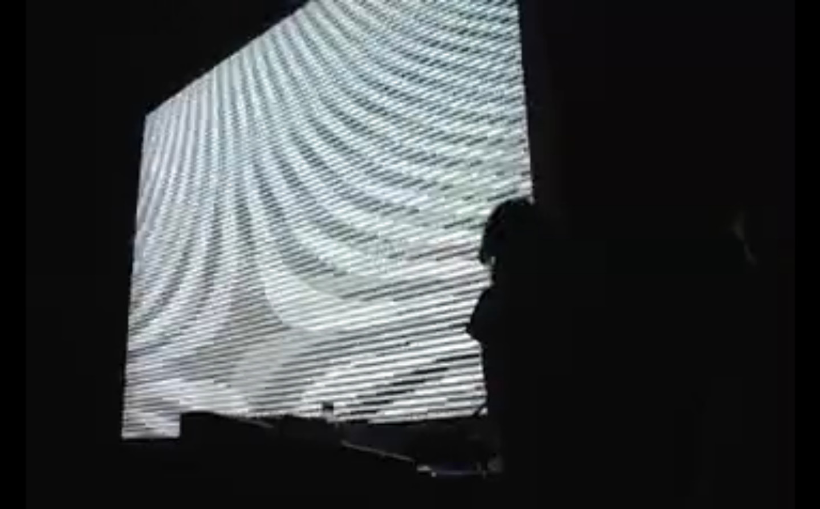Working under the name JODI the artist duo Joan Heemskerk and Dirk Paesmans rose to prominence in the mid-1990s as pioneers of “net.art,” an artistic movement that explored the nascent World Wide Web as an alternative exhibition space and a creative medium in its own right. By studying the works of JODI, we are able to understand some of the intentions and motives of glitch art.
Dispute the operating templates of creative practice. Fight genres, interfaces and expectations!
Glitch art questions the conventions of creative practice such as the interface and expectations of technology. The writer of The Glitch Moment(um) Rosa Menkman cites JODI’s work Untitled Game (1996-2001) as one work that left the greatest impression on him. The work experimented with the alteration of the game code of Quake 1. At that time, there were not many people using the term ‘glitch art’ for visual arts. Through Untitled Game, Menkman questioned his own expectations of how a video game should work.

How Untitled Game worked was that some of the mods made use of strong chiaroscuro graphics comprising of black and white pixels. JODI explains that the use of colour scheme creates a “maximum contrast, and therefore enhance all of the phenomena that occur within the mods’ graphics”. The effects of the graphics in games are often used show the change in perspective to make the game more realistic. In JODI’s work, warped planes create the illusion of receding space and the radiating patterns create the effect of undulating space. The perspective in the game keeps changing and looks quite jarring. However, it clearly shows the optical phenomenon of afterimage.
Every form of glitch, whether breaking a flow or designed to look like it breaks a flow, will eventually become a fashion. That is Fate. This is because of glitch’s inherently critical moment(um)- a concept I use throughout my work to indicate the potential any glitch has to modulate or productively damage the norms of techno-culture, in the moment at which this potential is first grasped.
-The Glitch Moment(um), Rosa Menkman
Employ bends and breaks as metaphors for différance. Use the glitch as an exoskeleton for progress.


Significant events that may have prompted abstract expressionism were the the post-war period and also the great depression. Then, figurative representation often served a political purpose like propaganda. Abstraction broke away from the unreliability of figures and perhaps people also lost faith in humanity after the war. Perhaps glitch explores the relationship between people and technology. Should people rely or believe in the ability of technology? I think JODI’s works forces people to think about this question. In the same way that after abstract art, people no longer labelled art in terms of styles and movements, glitch art has the same ability to progress the ways of seeing in the virtual world.
Interesting to contrast glitch with abstract expressionism, such as in the work of Jackson Pollack. Another similarity would be in the idea of abstraction and the rupture of the representational image. And you are right there is a spontaneity in glitch that has the same kind of raw energy of the work of Pollack. I would be interested in continuing this discussion in class.
Also, I really like what you have done with your theme! Be sure and let Boyan know if you have any issues.
Hi Tiffany! As the developer of this theme, I am really pleased and grateful to see you using this theme and customizing it.
Since it is my FYP project, I would really much appreciate if you can give me some feedback on it, like any problem you encountered or anywhere you found inconvenient to use or anything. You can directly reply me here or leave a comment on https://oss.adm.ntu.edu.sg/qibo0001/plum-blossom-introduction-and-testing-guide/.
Thank you so much!